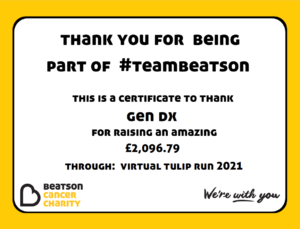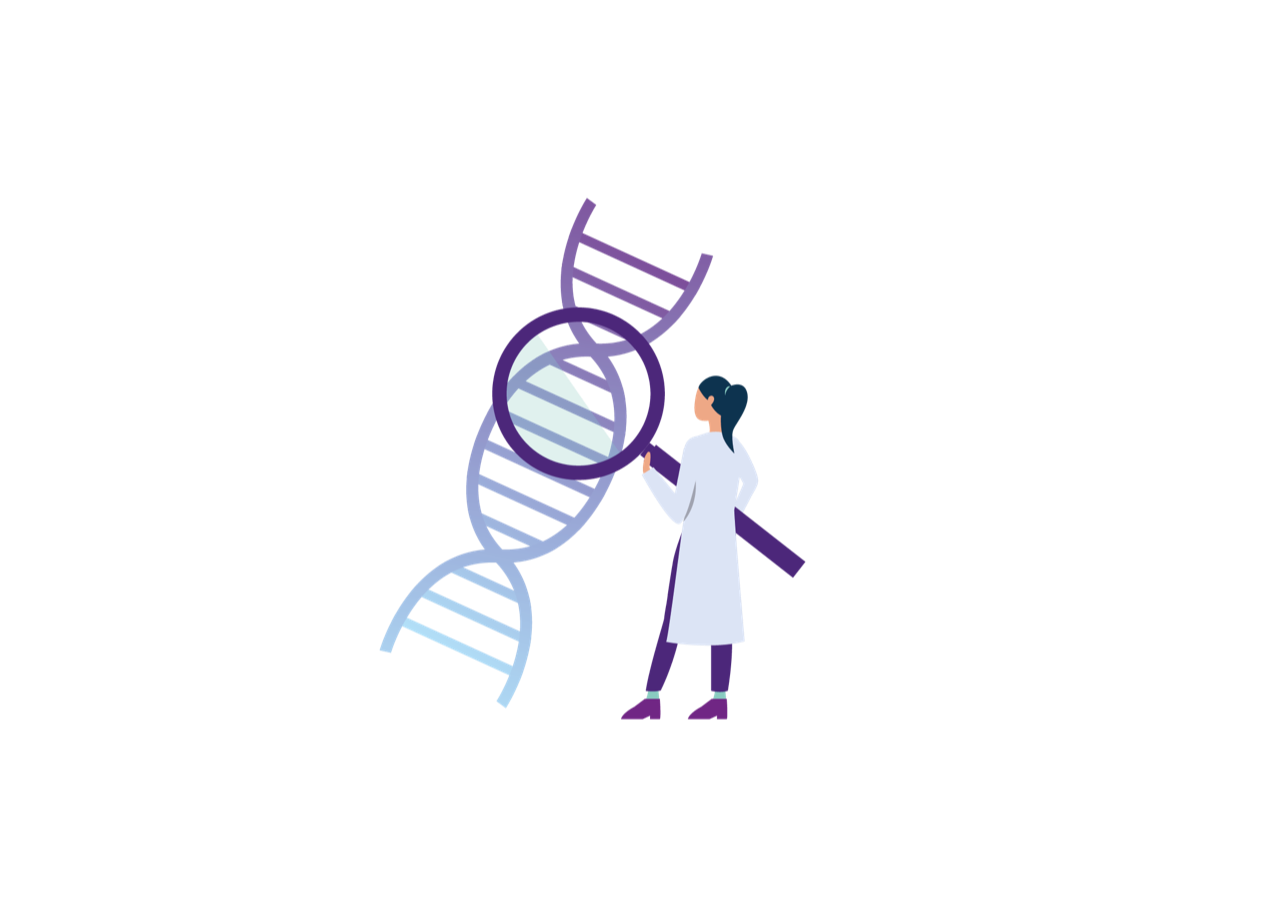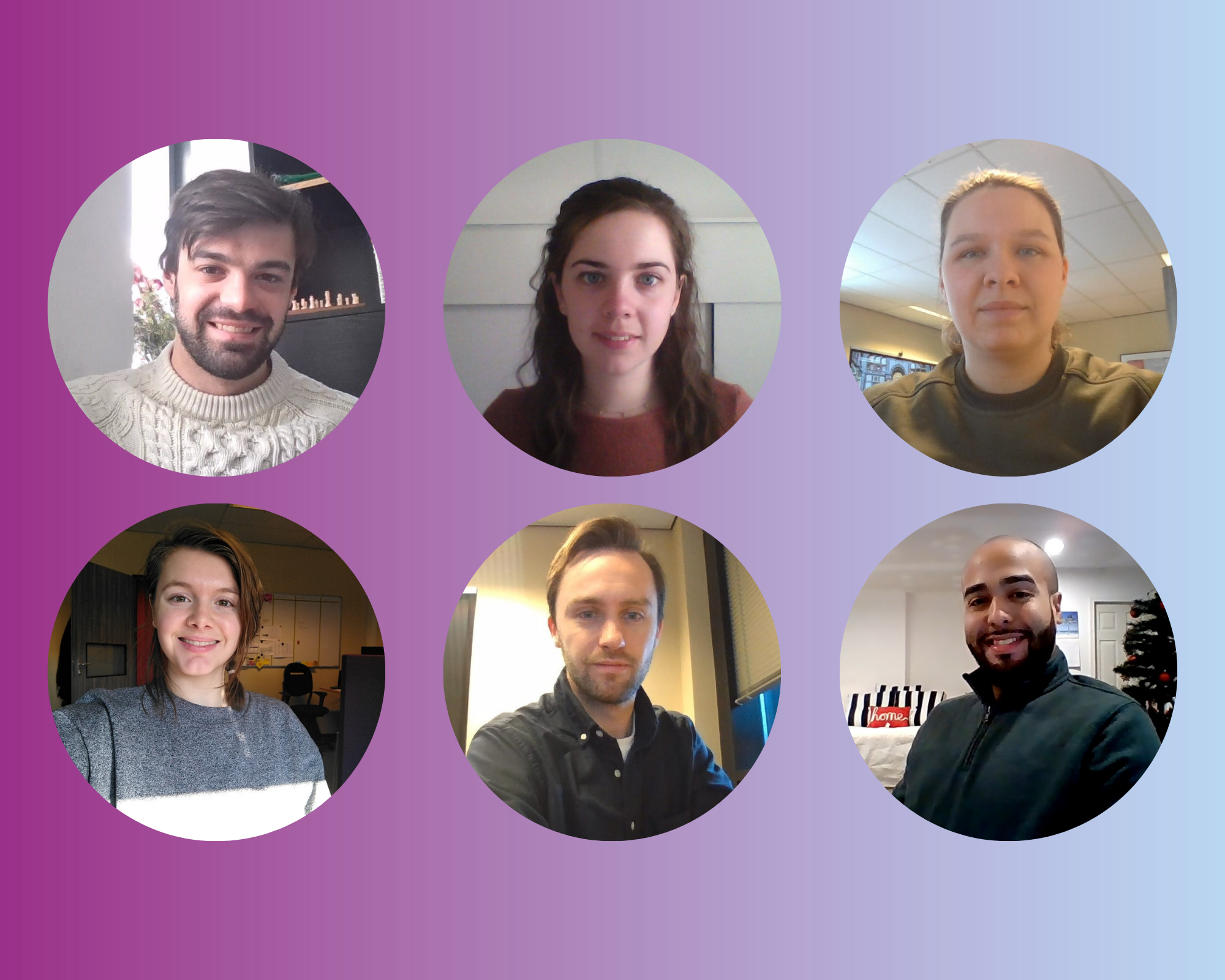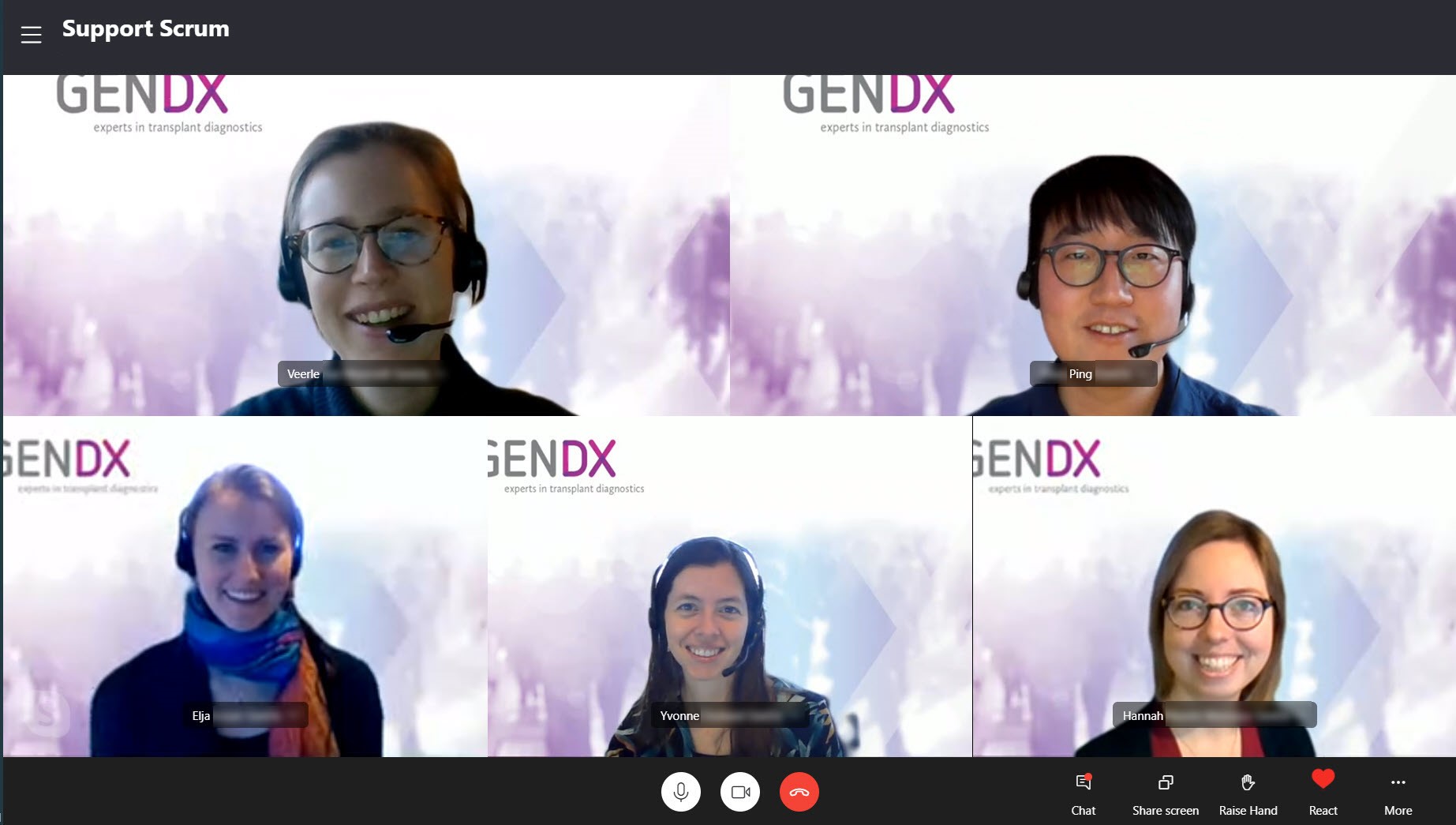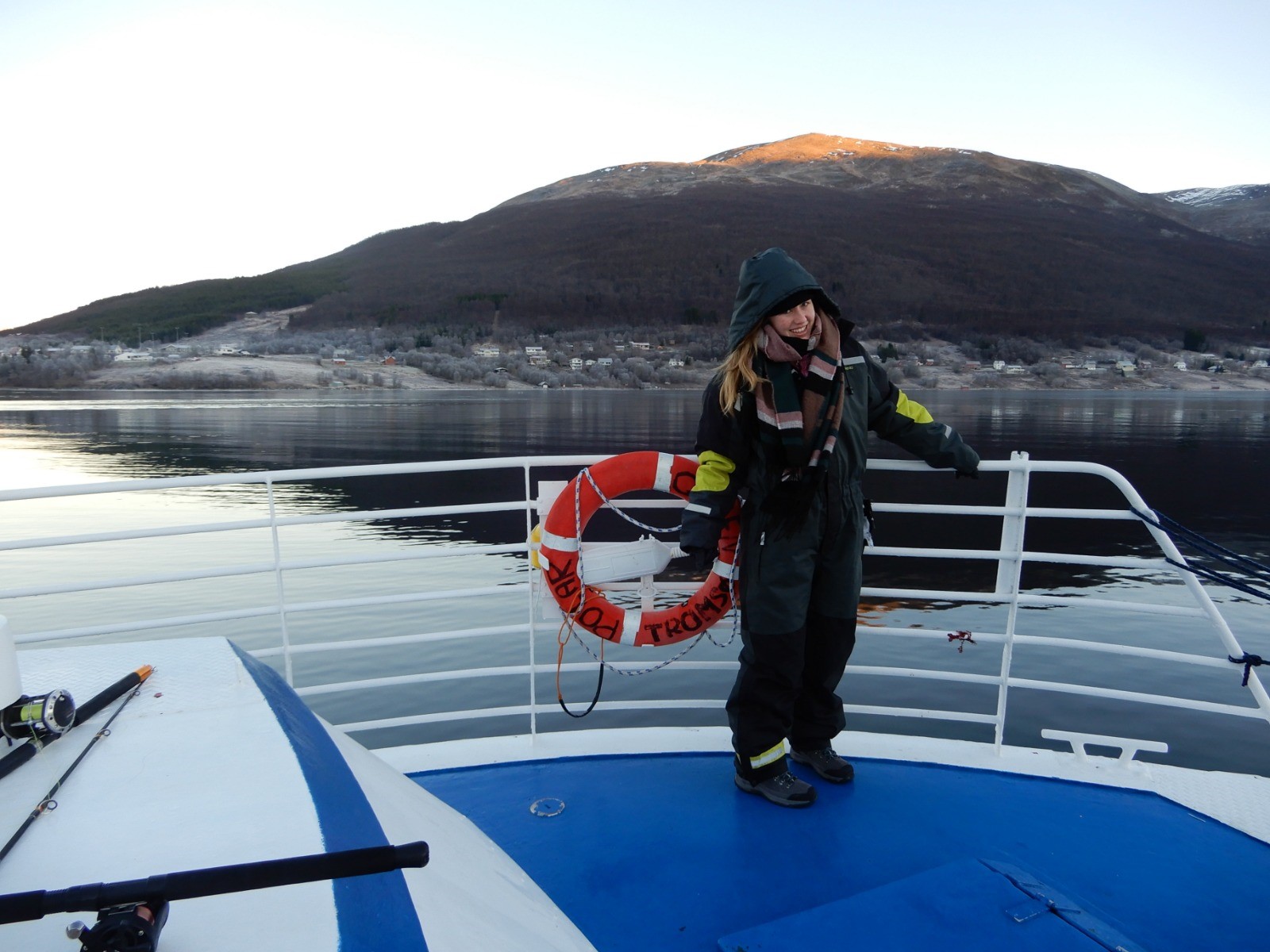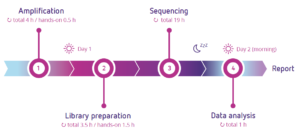As the festive season approaches, we would like to thank all our customers, partners, and collaborators for their continued trust and commitment throughout the year. We are looking forward to another successful year together in 2026!
Order timelines for the holiday period
If you wish to take advantage of the current 2025 prices, we encourage you to place any remaining orders before 31 December.
If you would like to receive your order before our holiday closure (subject to stock availability), please place your order before*:
-
16 December for Europe
-
15 December for Rest of World (ROW)
Orders placed after the above dates will be processed during the week of 5 January.
*Shipments requiring commercial airfreight are excluded from the schedule above.
Support during the holidays
While our offices are closed from December 25th to January 1st, our support team remains available for urgent cases at prioritysupport@gendx.com.
Warm holiday wishes from the entire GenDx team!
We appreciate your collaboration and look forward to supporting you again in the new year!

 In our upcoming webinar, Lizzy Russell-Lowe, Clinical Scientist at Manchester Royal Infirmary, will present a study in which HLA typing results obtained with the GenDx NGS-Turbo® kit, using Oxford Nanopore Technologies sequencing, were retrospectively compared with standard intermediate-resolution HLA typing methods. The NGS-Turbo® kit produced concordant typing results for all samples in less than 4 hours.
In our upcoming webinar, Lizzy Russell-Lowe, Clinical Scientist at Manchester Royal Infirmary, will present a study in which HLA typing results obtained with the GenDx NGS-Turbo® kit, using Oxford Nanopore Technologies sequencing, were retrospectively compared with standard intermediate-resolution HLA typing methods. The NGS-Turbo® kit produced concordant typing results for all samples in less than 4 hours.
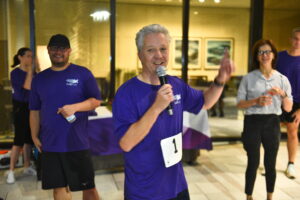
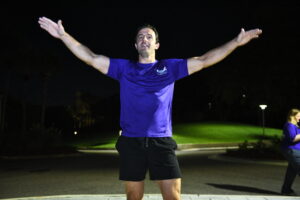
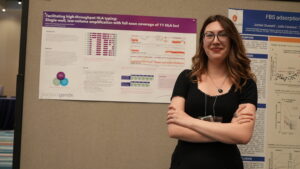
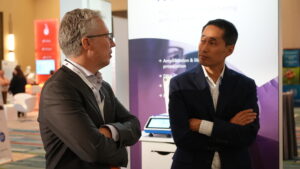
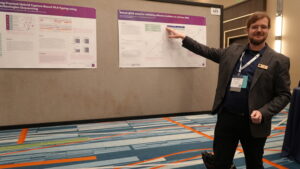

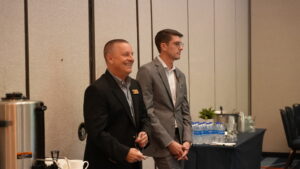

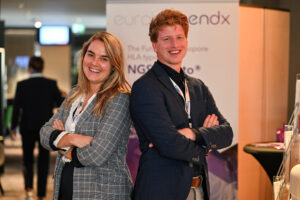
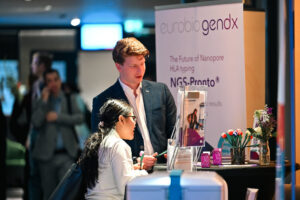
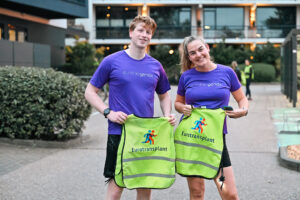
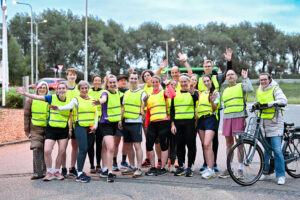
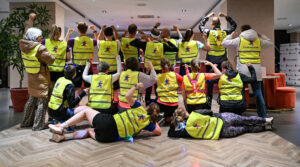

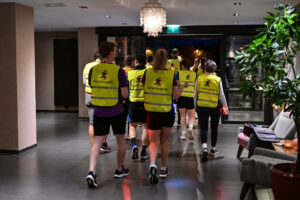
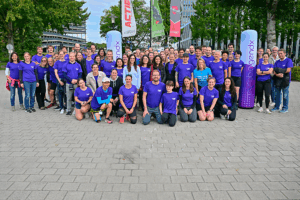
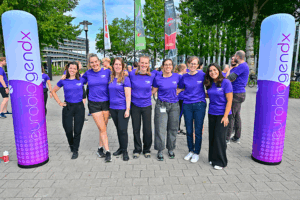



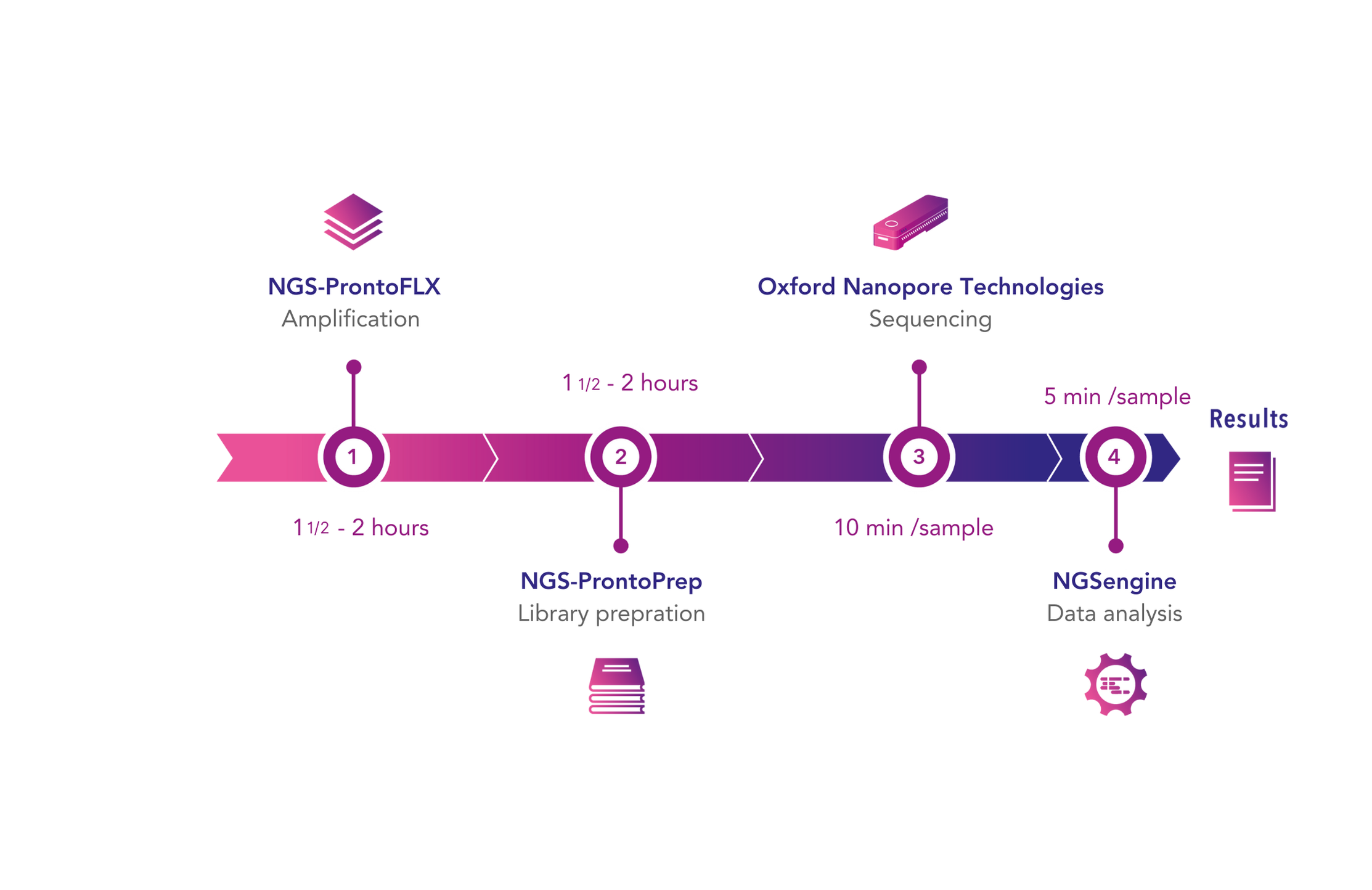

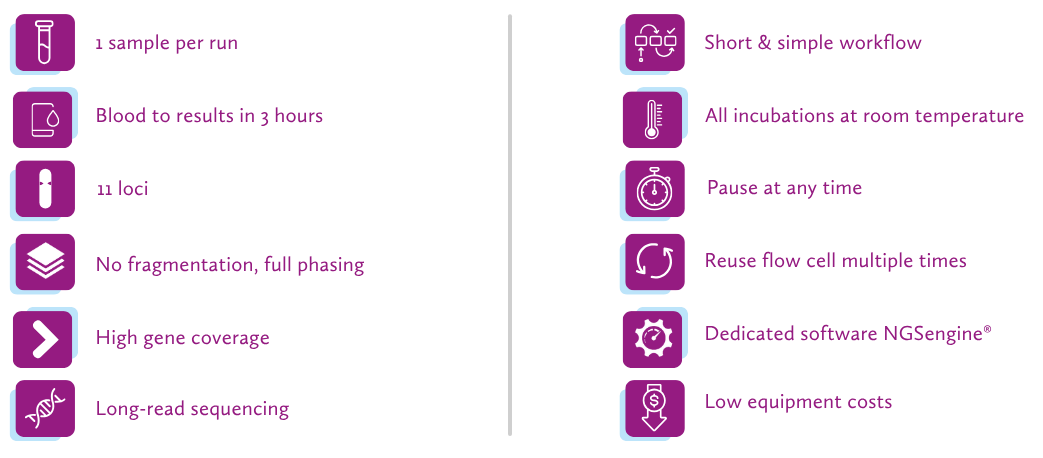


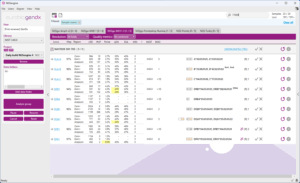






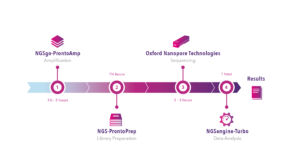



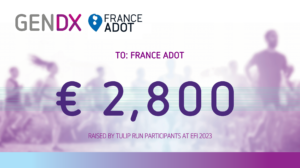 and GenDx doubled the amount, offering ultimately €2800 to
and GenDx doubled the amount, offering ultimately €2800 to 
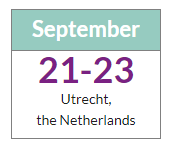 Are you interested in learning about high-resolution HLA typing or expanding your laboratory and data analysis skills? Then our course “Become an expert in NGS HLA typing” is for you! It will take place at the GenDx Headquarters in Utrecht, the Netherlands, in September and includes hands-on laboratory work of the complete NGS HLA workflow and data analysis.
Are you interested in learning about high-resolution HLA typing or expanding your laboratory and data analysis skills? Then our course “Become an expert in NGS HLA typing” is for you! It will take place at the GenDx Headquarters in Utrecht, the Netherlands, in September and includes hands-on laboratory work of the complete NGS HLA workflow and data analysis.


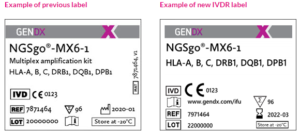
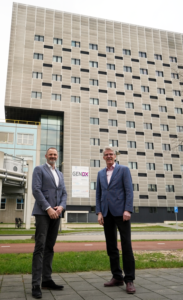
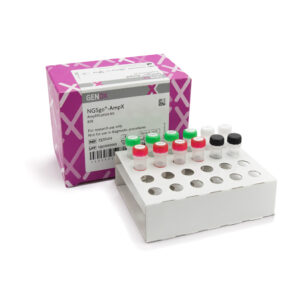





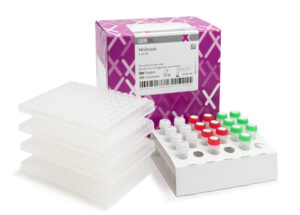
 TRKengine software interprets the informativity of the markers and quantifies the chimerism percentage in post-samples. Its use as data management system allows for insightful chimerism monitoring and trending over time.
TRKengine software interprets the informativity of the markers and quantifies the chimerism percentage in post-samples. Its use as data management system allows for insightful chimerism monitoring and trending over time.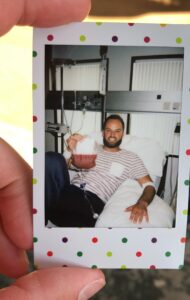 I found it a bit hard not to know the person for which I was doing this. It was someone, somewhere in the world, but that was all I knew; it remains anonymous. At some point during the day, they told me the patient’s gender and age. Also, I learned that the patient was on the heavier side, which meant that he needed more stem cells than the average person. So, it depends on how many stem cells are required for the patient whether the donation takes shorter or longer. For me, it took until 5.00PM.
I found it a bit hard not to know the person for which I was doing this. It was someone, somewhere in the world, but that was all I knew; it remains anonymous. At some point during the day, they told me the patient’s gender and age. Also, I learned that the patient was on the heavier side, which meant that he needed more stem cells than the average person. So, it depends on how many stem cells are required for the patient whether the donation takes shorter or longer. For me, it took until 5.00PM. Also, what I remember very vividly, is something that happened in 2012, when I was doing extremely unwell. My old soccer team, N.E.C. Nijmegen, played against my favorite soccer team, Feyenoord. There was a gigantic banner, put up by the crowd in the stadium, that said: “Frans, keep fighting” along with a huge painting of my face. It touched me deeply. I got so many messages after that. The original banner is completely weathered by now. To my surprise, the boys who made the original banner gifted me a small replica, on canvas, a short while ago. That was heartwarming.
Also, what I remember very vividly, is something that happened in 2012, when I was doing extremely unwell. My old soccer team, N.E.C. Nijmegen, played against my favorite soccer team, Feyenoord. There was a gigantic banner, put up by the crowd in the stadium, that said: “Frans, keep fighting” along with a huge painting of my face. It touched me deeply. I got so many messages after that. The original banner is completely weathered by now. To my surprise, the boys who made the original banner gifted me a small replica, on canvas, a short while ago. That was heartwarming.